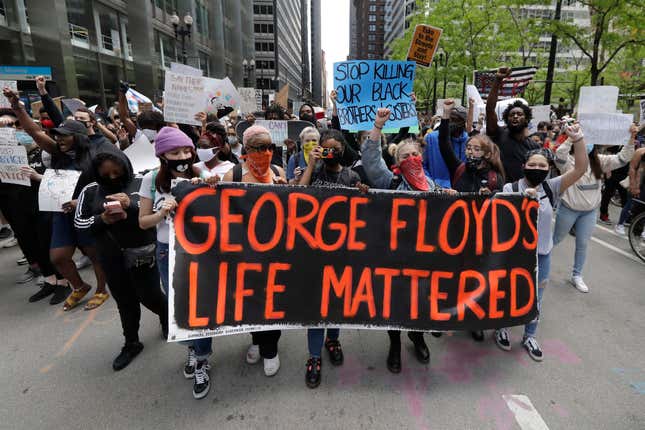
Even though crime has increased in Minneapolis, the city has another issue: a loss of police officers. According to AP, after George Floyd’s killing at the hands of police in 2020, there was a mass exit of officers who said that post-traumatic stress led to their departure.
The result became one-third of the department’s personnel being gone. In 2022, only 57 people applied for officer recruitment. In comparison, 2019 saw 292 people apply. Even though each class of recruits at the police academy can hold 40 people, only six were part of the class that graduated last month.
Apparently on the 4th of July, Minneapolis police were ill-equipped to deal with people shooting fireworks at other people as well as property and cars. There were more than 1,300 calls to 911 that night. But when a couple of police cars came out to investigate, fireworks were shot at one of them too.
The city’s mayor Jacob Frey stated in August: “Our city needs more police officers.” To make good on this declaration, he proposed to increase police funding. If successful, there would be more than 800 officers on the force by 2025.
Frey also advocated that money would also go toward an officer recruitment marketing campaign, four classes of police recruits yearly and possibly a high school internship program.
In addition, a court ruled in favor of residents who sued Minneapolis for not having the minimal number of police officers mandated under the city’s charter, adding pressure to obtain more officers.
Police shortages around the country have become extremely apparent. Around 184 police agencies were surveyed in the United States and Canada by the Police Executive Research Forum. From 2019 through 2021, police resignations increased by 43%. Retirements had increased by 24% and hiring fell by 4%.
The Root has previously reported on the inadequacy of policing. Now is the time to explore alternative solutions.

